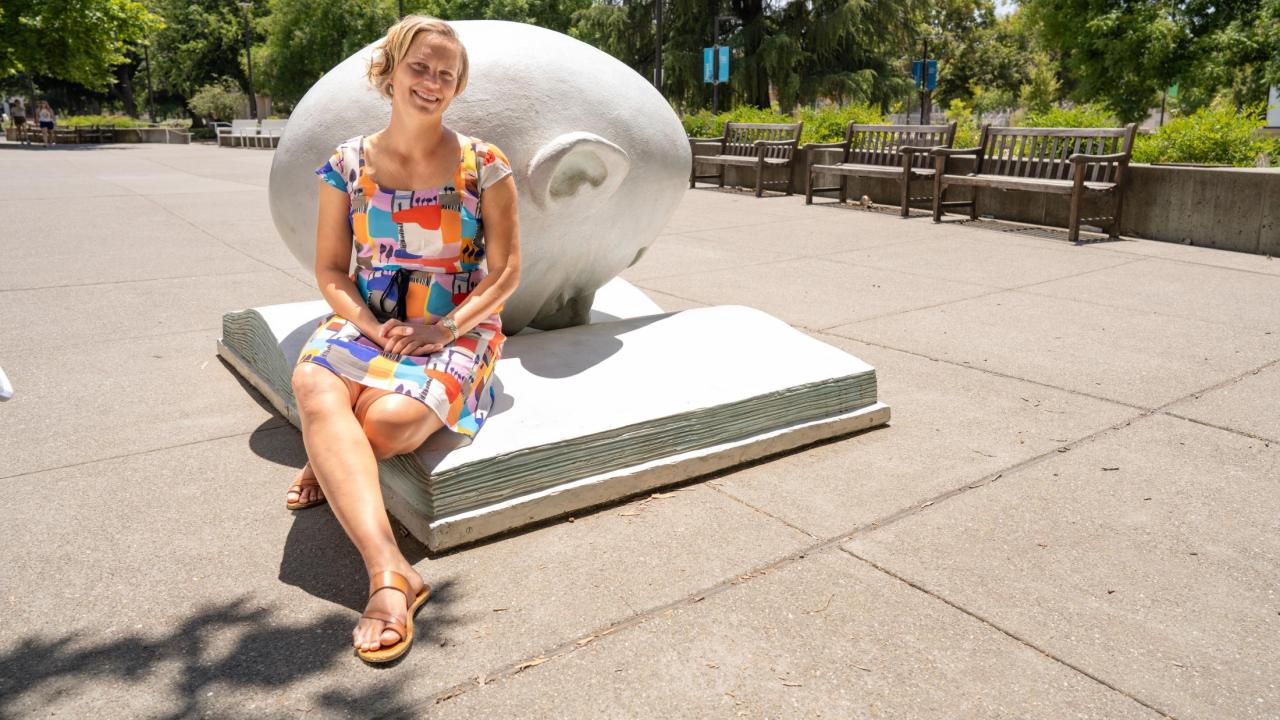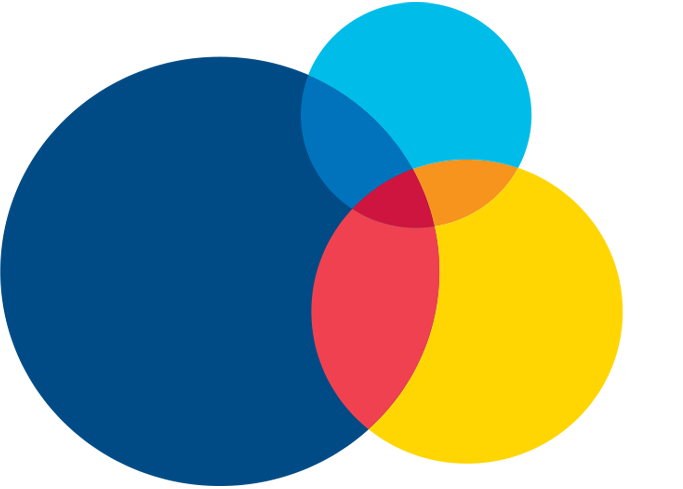
What Ancient Civics Can Teach Us About Modern Urban Planning
What is the best way to build a city? How much housing is needed? Where should farmland and wildland be conserved? Everyone wants answers to these questions — and everyone has opinions.
When I started my career in veterinary medicine with a Ph.D. in planning, I tried to understand this interplay. How could planners supply the market of buyers and renters with enough housing while also protecting wilderness?
The histories I read in graduate school often drew from the past 200 years. These curtailed reviews claimed that low-density sprawl was in high demand, and thus inevitable. The argument ran that once land was developed, food could be had from further away — pushing the problem of food security off the map so to speak. As suburbs were built, farmlands and natural landscapes fragmented. Ecosystems degraded, leading to biodiversity loss and problems with water filtration and supply. Farms were forced into more marginal soils that required ever more fertilizer and irrigation inputs to reach productivity levels. People also suffered, commuting long distances, alone, with poor mental and physical health because of the isolation and sedentary commuter lifestyle. No one was pleased with the outcomes but changing the trajectory of development seemed near impossible — at least based on the shallow history of planning.
This baffled me. The practice of planning is as old as the first cities established some 6,000 years ago. Many of these cities have lasted for thousands of years. Archeologists knew the cities were planned based on the regular street grids. Many of these settlements were also carefully planned within foodscapes. For example, early Mesopotamian cities were so infused with greenspace that the Persian term for city — فردوس — was once synonymous with “enclosed garden.” Compare this to today: the simple act of urban farming is considered a fringe hobby or insurgent activity, and accordingly labeled with terms like “guerilla gardening.”
The history of balancing development with nature
In addition to sustainability planning, the academic effort of comparing plans is also ancient — at least as old as democracy. For example, more than 2,300 years ago, Aristotle gathered and compared 158 city constitutions full of municipal codes. His Nichomachean Ethics provided a preamble to this library, inviting students to ethically engage in making better laws by virtue of having compared so many approaches and outcomes. Yet somewhere these efforts were dropped. Contemporary scholars have conducted relatively few plan comparisons.1 In their meta-analysis, Berke and Godschalk note only 16 plan evaluation studies over a twenty-year period from 1997-2007.2
In reading more about the ancient history of planning, I gathered enough information to write the book I had always longed for as a student. This deep history would have connected many of the current motivations for environmental protection and diversity, equity, and inclusion in policy making with powerful historical precedents.
My fellowship with Public Scholarship and Engagement gave me perspective about how to share this story with academic and nonacademic audiences alike. Because we are all involved (or can be!) in planning our home communities, we can all benefit from knowing more about places that have equitably sustained their inhabitants for multiple generations.
But a book did not feel like enough. I kept thinking about Aristotle’s early data democracy. Assembling, comparing, and sharing a large body of municipal code could be a powerful way to urge collective action. What would a modern effort look like?
Again, the Public Scholarship Faculty Fellowship helped me think through these decisions. Efforts to make hard-won data readily available to the public bucks the staid academic process of analyzing first for scholarly publications and safeguarding materials from rival scholars who might do the same. Accordingly, the academic merit and promotion process rewards scholars for peer-reviewed journal articles. To be a “good academic,” I should focus on publishing scholarly works.
Yet, data democracy is critical for rapidly meeting the housing and climate crisis. How can scholars do both good science and serve the public good? This question comes with the pressures of an intense time scale. By most estimates, we have about five years to drastically reduce greenhouse gas emissions and conserve land before we hit a global tipping point. Local planning urgently needs to reach a variety of state and united nations goals to avoid these dire consequences. To help spur decision-making, scholarship must shift to support the public in doing better planning. This means speeding up plan evaluation and opening opportunities for informed public engagement.
Now, every jurisdiction in California has a zoning map that lays out the street grid and where civic, commercial, and housing will be built. The accompanying plan spells out the policies detailing everything from how parks will be managed to how the water infrastructure will be maintained. These plans guide our daily quality of life — just as they did in many ancient cities. Yet, just like the ancient counterparts, zoning maps and plans are often sequestered, with chapters hidden on individual websites or scattered across municipal libraries. It is difficult to understand where progress is being made in aggregate for any planning problem. How many modern cities mention “homelessness”? How many address “climate adaptation”?
How public access to planning documents can shape the future
To find out, I set out with a team of wonderful students. We scoured every local jurisdiction webpage, filed freedom of information requests, and visited municipal libraries. Not to brag, but we outpaced Aristotle, collecting all of California’s 482 city and 58 county general plans. Our treasure trove of documents represented the first comprehensive library of plans for California, making California the first state to have assembled such data.
With students and colleagues Carl Stahmer, Jenny Wagner and Subhashini Raj, we set about doing what academics have always done. We compared the plans and the outcomes — yielding some exciting academic research papers. For example, more than a quarter of California jurisdictions are incorporating Environmental Justice policies; a state mandate (SB 1000, 2016) to ensure that new development that does not place and undue burden on historically “disadvantaged” communities. This progress is worth celebrating! And of course, there is more to do.
Realizing the vast and urgent challenges facing communities, my team at the UC Davis Center for Regional Change (CRC) knew that the academy could not move fast enough to provide data, research, and guidance through traditional scholarly articles alone. We needed to pace up the pipeline from research to practice with community engagement and public-facing learning and teaching tools. The CRC is no stranger to this work, but the problem has been compounded by plummeting civic education over the past 30 years. Only one in five middle school students are proficient in civics according to the National Assessment of Educational Progress (NAEP). It is easier for them to YouTube “how to make a poundcake” than “how to plan for environmental justice.” We needed to meet people where they are: online and in community.
Our solution: a search engine for plans. People could easily see where progress was being made and glean ideas for their community, helping to rapidly update plans. I worked with Data Science colleague Lindsay Poirier, CRC staff developer Aniket Banginwar, the California Environmental Justice Alliance (a coalition of 10 nonprofits focused on environmental justice), the California Air Resources Board, and the Governor’s Office of Planning and Research. The result was the launch in 2022 of PlanSearch.caes.ucdavis.edu. This website allows the public to search for any word or phrase across all of California’s city and county general plans. People can pull up the plan and read more. The tool was another first for California — and for any state (or nation). I am pleased to say that we won the California American Planning Association award for academic excellence in 2023. And we did not stop there. In addition to PlanSearch, we are stitching together all of California’s local zoning maps. With colleagues from the UC Berkeley Othering and Belonging Institute and under the project leadership of postdoctoral scholars Clancy McConnell, we are building out a California Zoning Atlas as part of the National Zoning Atlas project. Just as Aristotle made data available to inform discussions about the ethics of good governance, I view our work on California public data repositories as critical for the ethics of doing informed planning.
I invite you to use our tools. Check out your favorite planning topic. Which cities are tackling the issue? What approaches might you recommend in your hometown? Share what you learn with others so that we can all keep planning and doing better.
1 Talen, E. (1996). Do plans get implemented? A review of evaluation in planning. Journal of Planning Literature, 10(3), 248-259.
2 Berke, P., & Godschalk, D. (2009). Searching for the good plan: A meta-analysis of plan quality studies. Journal of Planning Literature, 23(3), 227-240.
────
Learn More About Public Scholarship Faculty Fellows
- Through the Public Scholarship Faculty Fellows program, we provide concrete tools and facilitate opportunities for faculty across all disciplines to collectively cultivate a culture of engagement at UC Davis and meet their specifically designed and stated goals. Learn about our application process.
- Public engagement is all about people. Read other stories.
About the Author

Catherine Brinkley
Associate Professor
Department of Human Ecology
Department of Community and Regional Development
Director
Center for Regional Change
